U.S. Auto Sales Brand-by-Brand Results: September 2017 YTD
U.S. auto sales exceeded analyst expectations with a big 6 percent year-over-year increase to 1.5 million units in September 2017, the first monthly improvement in 2017 so far.
After auto sales fell 3 percent during the first two-thirds of 2017, big September increases from Toyota Motor Corp., General Motors, Ford Motor Company, American Honda, Nissan’s trio of brands, and numerous smaller outfits brought the sales pace achieved through the first three-quarters of 2017 within sight of 2016’s record rate. By the end of September, U.S. auto sales are down by less than 2 percent compared with last year.
Pickup trucks played a major role in September’s improvements, growing at twice the rate of the industry at large. The Honda Civic expanded its lead as America’s best-selling car on a quest to end the Toyota Camry’s 15-year run. Minivan sales plunged to barely more than 33,000 units. The Toyota RAV4 topped 42,000 sales for a second consecutive month, leading a booming SUV/crossover class.
For a change, brands that posted declining volume stood out more than brands that improved. Buick, Dodge, Fiat, Hyundai, and Smart all reported double-digit percentage losses. At the other end of the spectrum, double-digit percentage improvements were reported by 11 brands: Alfa Romeo, Chevrolet, Genesis, Infiniti, Jaguar, Land Rover, Mitsubishi, Porsche, Toyota, Volkswagen, and Volvo. Indeed, Volvo sold 5,483 XC60s and XC90s for a 51-percent year-over-year SUV uptick.
Meanwhile at Jeep, where sales declined for a 13th consecutive month, the discontinued Patriot’s demise played an outsized role in the decline. Excluding the Patriot, Jeep showed signs of a forthcoming rebound, climbing 12 percent to 71,465 units.
In order for the industry to rise to these September highs — the industry has averaged fewer than 1.3 million September sales over the last half-decade — there had to be contributing factors besides natural demand. A degree of replacement necessities in places like southeast Texas provided a boost. Incentives rose 1.5 percent to $3,742 per vehicle, according to ALG, with the biggest increases coming at Hyundai and Kia. BMW, Mercedes-Benz, FCA, Ford Motor Company, General Motors, and Nissan/Infiniti all relied on incentives worth more than $4,000 per vehicle in September.
Auto BrandSeptember 2017September 2016% Change2017 YTD2016 YTD% ChangeAcura 12,94612,8131.0%114,126119,727-4.7%Alfa Romeo1,268412,993%7,3524181,659%Audi 19,30817,6179.6%160,914152,1795.7%BMW 25,57125,3890.7%220,175230,133-4.3%Buick 16,73720,922-20.0%159,830169,767-5.9%Cadillac 15,53015,3681.1%113,846119,286-4.6%Chevrolet 199,801170,23717.4%1,516,1921,531,912-1.0%Chrysler 15,75918,797-16.2%143,809186,497-22.9%Dodge 29,93842,935-30.3%365,790394,940-7.4%Fiat 2,2062,913-24.3%21,25225,099-15.3%Ford 212,841194,6479.3%1,841,6651,896,858-2.9%Genesis 1,7361,21143.3%15,1022,708458%GMC 47,32943,2689.4%405,634391,4323.6%Honda 129,776120,8427.4%1,117,4771,108,6530.8%Hyundai 55,27165,399-15.5%496,638584,980-15.1%Infiniti 12,74511,41311.7%113,71496,77517.5%Jaguar 3,2962,66223.8%30,22820,34948.9%Jeep 73,40976,331-3.8%622,242707,106-12.0%Kia 52,46849,2206.6%457,930491,764-6.9%Land Rover 6,4075,63713.7%54,48154,3910.2%Lexus 26,19625,8011.5%219,659236,193-7.0%Lincoln 8,8028,7970.1%82,72280,4352.8%Maserati 1,1191,185-5.6%9,9898,15622.5%Mazda 25,73824,8893.4%220,297224,2671.8%Mercedes-Benz ° 29,00829,500 -1.7%242,250 249,204 -2.8% Mercedes-Benz Vans °3,088 2,970 4.0% 25,227 25,156 0.3% Total Mercedes-Benz ° 32,09632,470-1.2%267,477274,360-2.5%Mini 3,7364,024-7.2%34,78738,911-10.6%Mitsubishi 8,4307,19117.2%79,19574,3516.5%Nissan 127,187116,3849.3%1,082,5271,086,249-0.3%Porsche 5,0594,479 12.9%41,23740,2462.5%Ram 51,68651,866-0.3%418,693400,3004.6%Smart 241605-60.2%2,6354,044-34.8%Subaru 55,12054,9180.4%478,848446,8877.2%Toyota 200,436171,46316.9%1,611,8201,586,2681.6%Volkswagen 32,11224,11233.2%252,456231,2689.2%Volvo 7,9005,61540.7%46,96658,532-2.7%————— ——BMW Group29,30729,4130.4%254,962269,044-5.2%Fiat Chrysler Automobiles 174,266192,883-9.7%1,579,1381,714,360-7.9%Daimler AG32,33733,075-2.2%270,112278,404-3.0%Ford Motor Co.221,643203,4448.9%1,924,3871,977,293-2.7%General Motors 279,397249,79511.9%2,195,5022,212,397-0.8%American Honda142,722133,6556.8%1,231,6031,228,3800.3%Hyundai-Kia Automotive Group109,475 115,830-5.5%969,6701,079,452-10.2%Jaguar-Land Rover 9,7038,29916.9%84,70974,74013.3%Nissan / Infiniti / Mitsubishi148,362134,9889.9%1,275,4361,257,3751.4%Toyota Motor Sales, USA. Inc.226,632197,26414.9%1,831,4791,822,4610.5%Volkswagen Group *56,635 46,49121.3% 456,279425,1687.3%———————Industry Total †1,512,5631,425,5666.1% 12,785,71413,013,328-1.7%[Source: Manufacturers]
* Volkswagen Group includes sales figures for Audi, Bentley, Porsche, and Volkswagen brands
° Mercedes-Benz USA releases sales figures for the Mercedes-Benz brand in the conventional sense, vans excluded, as well as totals for the Metris and Sprinter vans. The complete picture is included here.
† Industry total takes into account Automotive News figures/estimates for brands such as Tesla (4,620 September units) and other low-volume, high-priced manufacturers.
Timothy Cain is a contributing analyst at The Truth About Cars and Autofocus.ca and the founder and former editor of GoodCarBadCar.net. Follow on Twitter @timcaincars.
More by Timothy Cain
Latest Car Reviews
Read moreLatest Product Reviews
Read moreRecent Comments
- Formula m How many Hyundai and Kia’s do not have the original engine block it left the factory with 10yrs prior?
- 1995 SC I will say that year 29 has been a little spendy on my car (Motor Mounts, Injectors and a Supercharger Service since it had to come off for the injectors, ABS Pump and the tool to cycle the valves to bleed the system, Front Calipers, rear pinion seal, transmission service with a new pan that has a drain, a gaggle of capacitors to fix the ride control module and a replacement amplifier for the stereo. Still needs an exhaust manifold gasket. The front end got serviced in year 28. On the plus side blank cassettes are increasingly easy to find so I have a solid collection of 90 minute playlists.
- MaintenanceCosts My own experiences with, well, maintenance costs:Chevy Bolt, ownership from new to 4.5 years, ~$400*Toyota Highlander Hybrid, ownership from 3.5 to 8 years, ~$2400BMW 335i Convertible, ownership from 11.5 to 13 years, ~$1200Acura Legend, ownership from 20 to 29 years, ~$11,500***Includes a new 12V battery and a set of wiper blades. In fairness, bigger bills for coolant and tire replacement are coming in year 5.**Includes replacement of all rubber parts, rebuild of entire suspension and steering system, and conversion of car to OEM 16" wheel set, among other things
- Jeff Tesla should not be allowed to call its system Full Self-Driving. Very dangerous and misleading.
- Slavuta America, the evil totalitarian police state
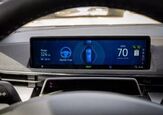
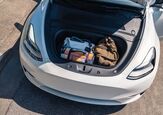
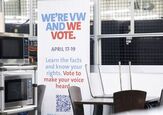













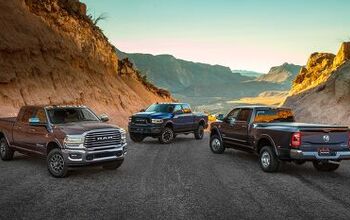
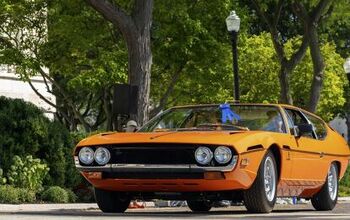
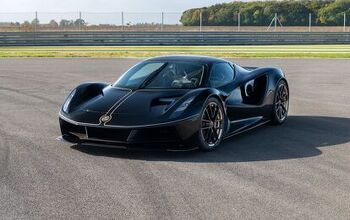
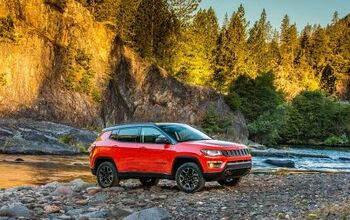

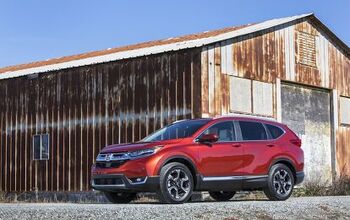
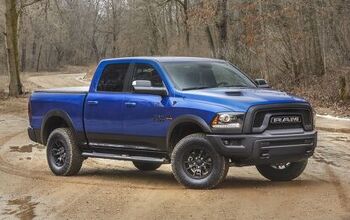
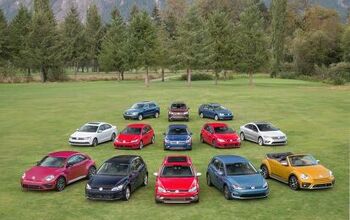
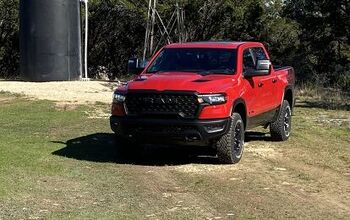
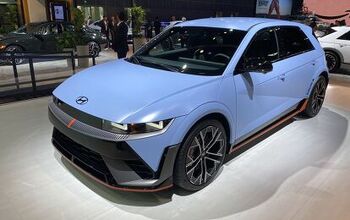

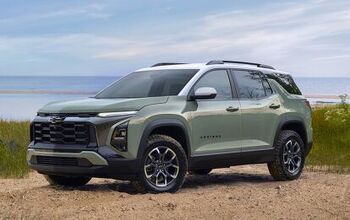
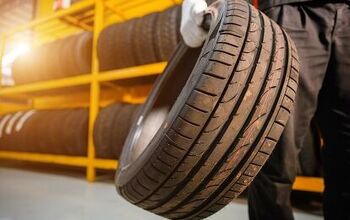
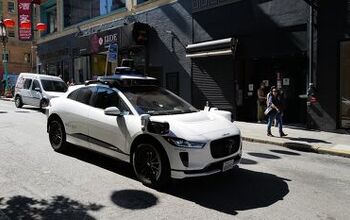
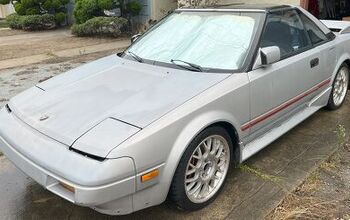
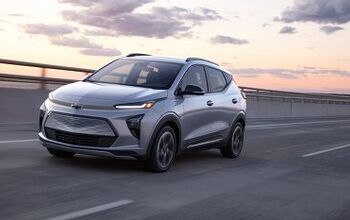
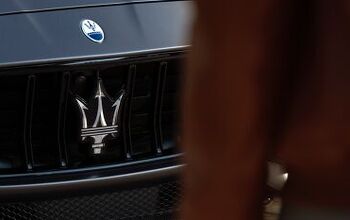
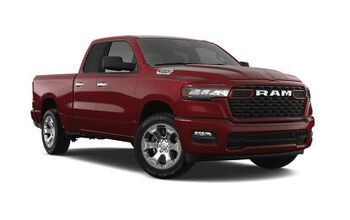
Comments
Join the conversation
huh - BMW sales are up a tick, while MINI sales continue to slide.
VW sold 4095 Atlases and 3075 Tiguans in September. Who would've guessed that Americans want large SUVs with long B2B warranties? Maybe VW has finally figured out the U.S. market. Passat sales took quite a hit, below 5000 units.